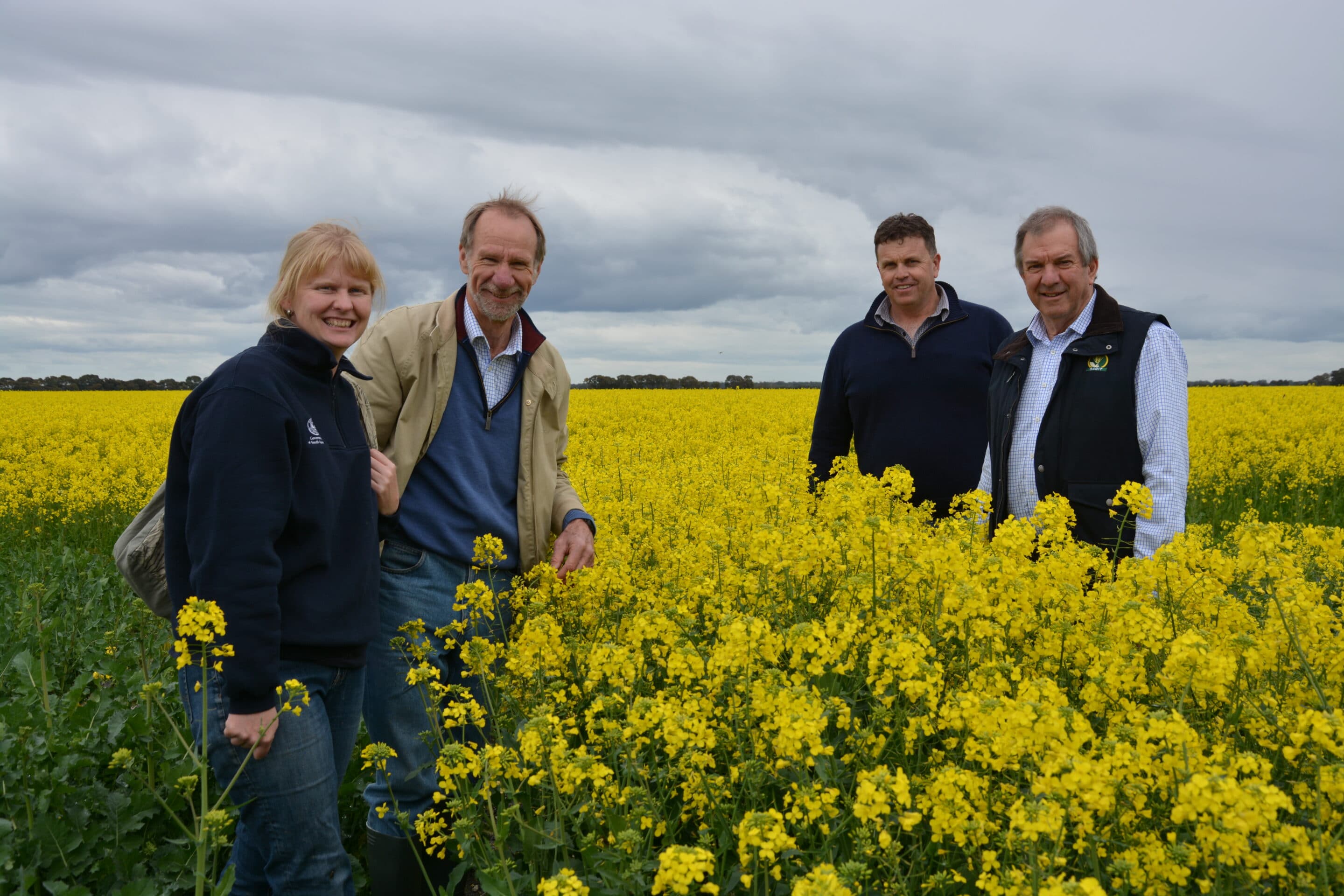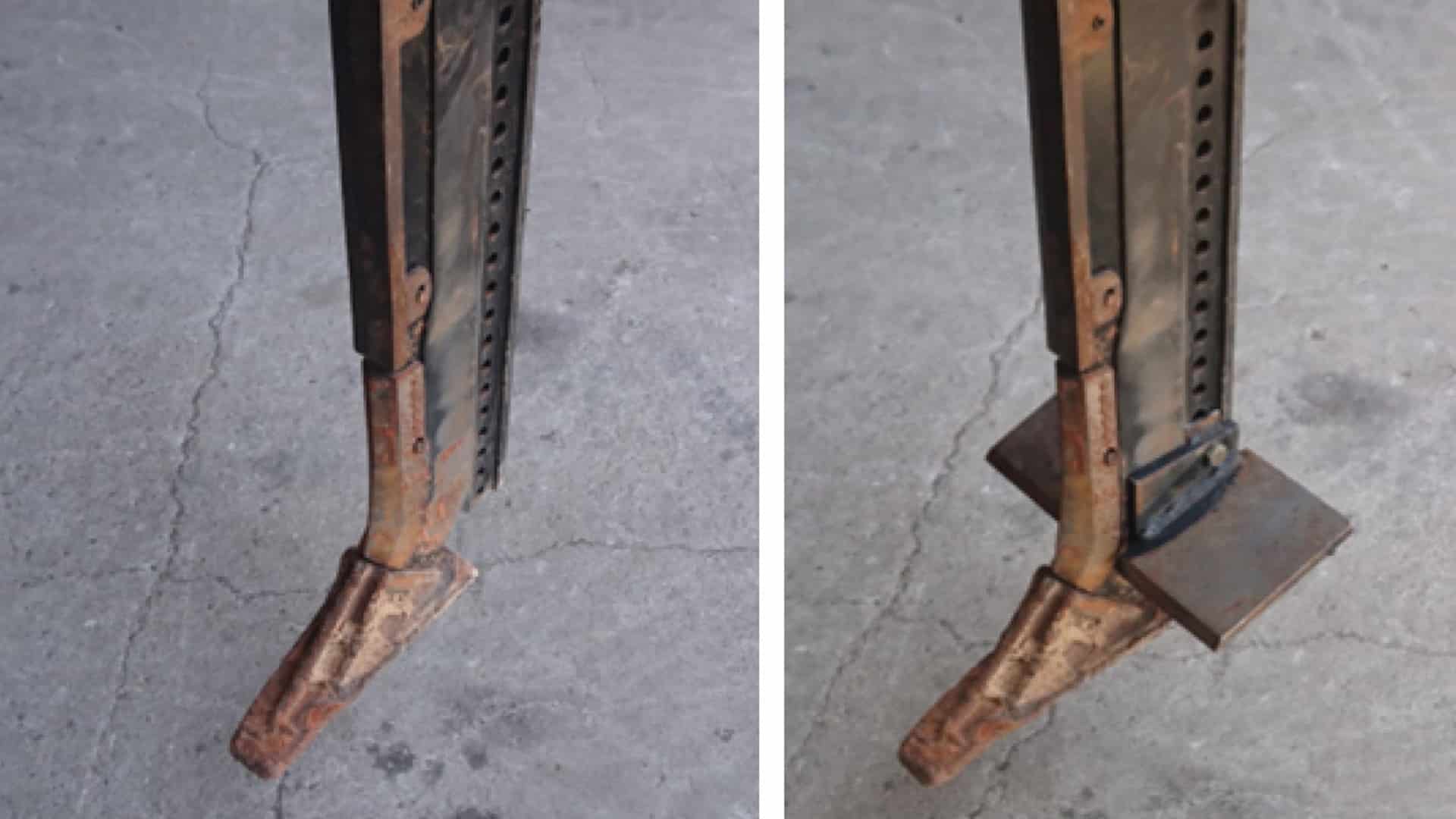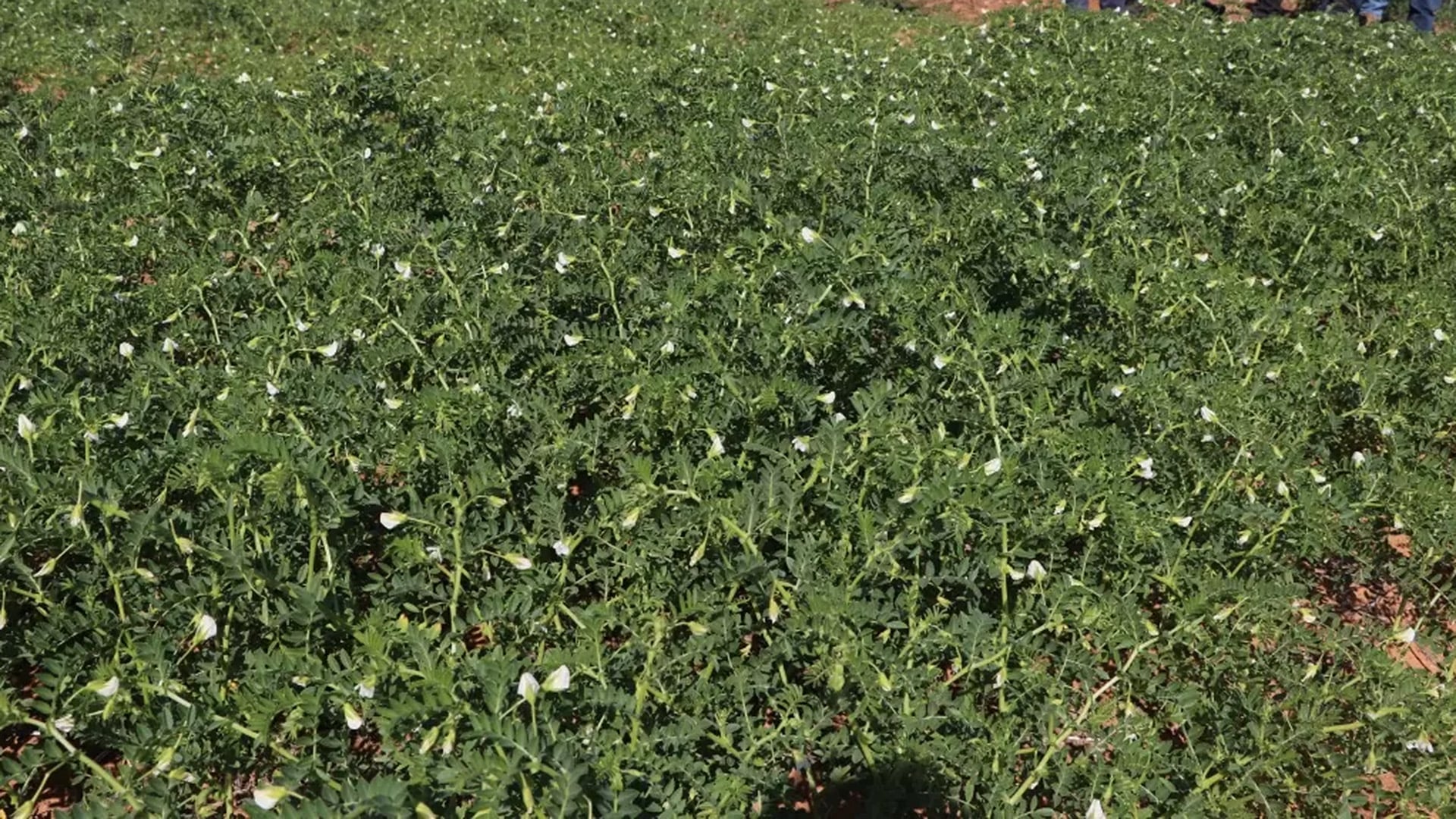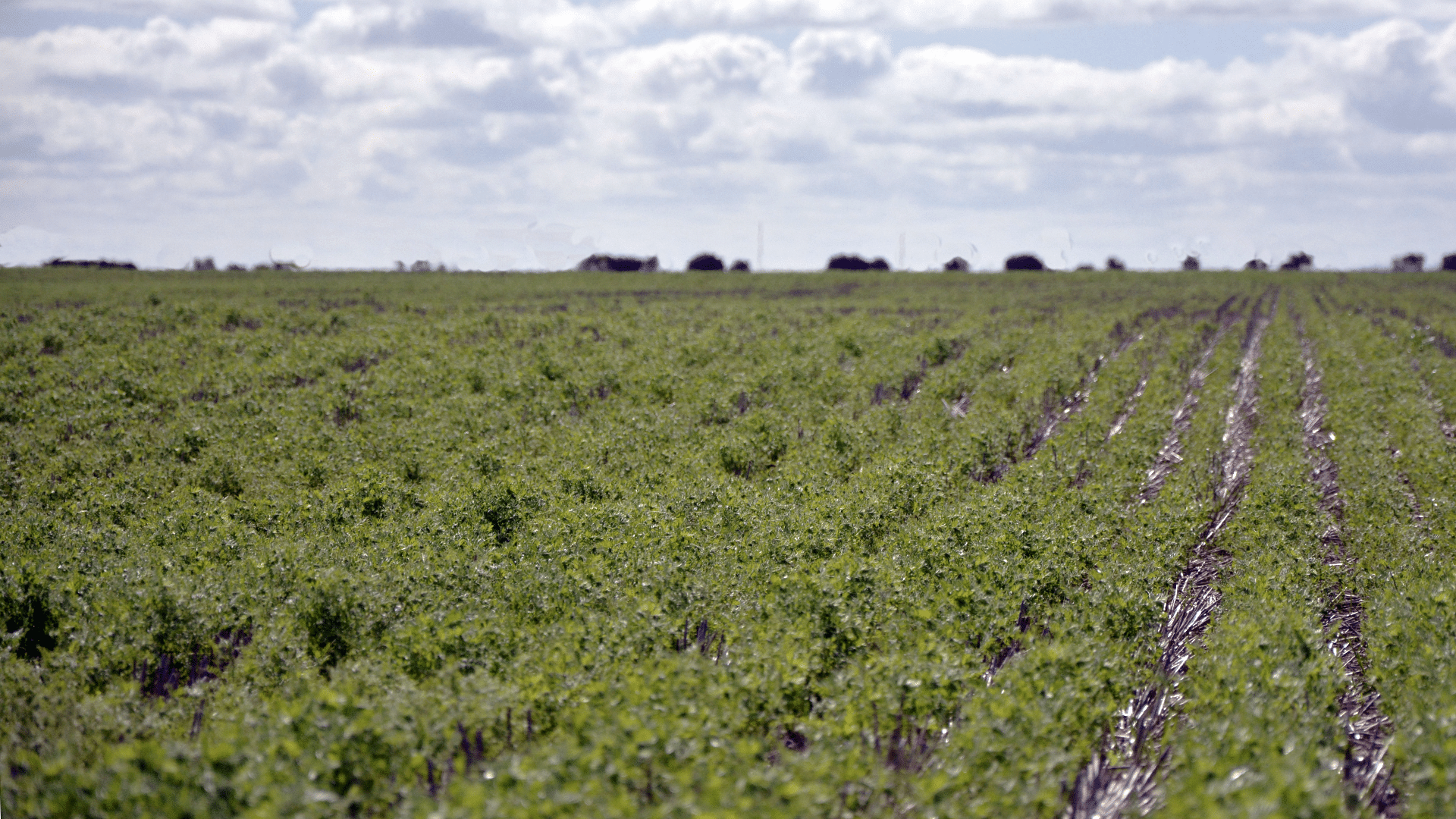START
FINISH

Summary
Canola has the potential to be grown for grain and grazed in livestock operations. Growers can increase their profitability by capitalising on livestock feed, while also harvesting grain. This project evaluated dual-purpose canola varieties, time of sowing and grazing management in the high rainfall zone of South East South Australia. The results provide growers with knowledge on how to best manage dual-purpose canola crops to increase profitability.
Background
Cropping and livestock programs can complement each other through dual-purpose canola crops intended as a forage option and later harvested for grain. Making informed decisions around variety choice, sowing times and whether to graze a crop required further investigation to ensure growers are providing livestock with quality feed without damaging the integrity of the crop.
Research Aims
The core objectives of the project were to:
- Evaluate dual-purpose canola varieties in the high rainfall zone of South East SA by testing sowing time and grazing management.
- Provide growers with knowledge on how to best manage dual-purpose canola crops to increase profitability.
In The Field
Field trials were conducted over 2016, 2017 and 2018 in the high rainfall zone of south eastern SA at Bool Lagoon and Millicent. The trials tested two times of sowing each year using Clearfield (CL) Canola, conventional canola and Triazine Tolerant (TT) varieties that were grazed. Grazing, simulated by a ride on mower, occurred at the same growth stage each year (variety specific), when plants were anchored and prior to bud elongation beyond 10 centimetres. Plants were grazed to a height of 5cm and dry matter was calculated at kilograms per hectare. Biomass removed was tested for feed quality. The economic value of the biomass which was removed was also calculated.
Plots were managed according to regional best-practice. Plots were harvested for grain yield at tonnes per hectare and grain tested for quality (data not presented).
Economic value was calculated at $0.25 per kilograms, based on $1.70 per kilogram lamb weight for a sheep growing at 225 grams per day and eating 1.5kg kilograms of biomass per day (Bell et al. (2014)). After grazing, nitrogen was applied to trial plots at 75kg of nitrogen per hectare. Plots were harvested for grain and grain tested for quality.
Seasonal conditions in 2016 and 2017 were challenging and the Bool Lagoon sites were inundated with rain both years. The trial was moved to Millicent in 2018. Dry starts to the seasons resulted in sowing times not being as early as planned, but this also helped proof the trial by reflecting what is achievable for growers in the region.
Results
Earlier sowing of winter type canola tended to increase biomass production. The greatest amount of biomass produced during the project was in 2017, which had the earliest sowing date, 17 March. Sowing early did not result in increased grain yields.
Feed test results indicate that canola biomass quality is different between seasons, varieties and times of grazing. Feed tests are therefore important in determining the quality of feed available.
Sowing 20 days or more earlier with CL winter and later maturing varieties on average increased the biomass removed, resulting in an average production value of $212 per hectare for the first time of sowing compared to $137 per hectare for the second time of sowing.
Triazine tolerant canola biomass production and grain yield tended to be lower than that of CL varieties. Triazine tolerant canola biomass production results were variable between the years, higher at time of sowing one in 2016 and time of sowing two in 2017 and no difference between the two times of sowing in 2018.
The conventional canola treatments had greater weed pressure than the herbicide tolerant canola varieties, a problem created because of the early dry sown crop and lack of pre-sowing weed kill. The inability to control and manage broadleaf weeds make these varieties an undesirable option for dual cropping.
Project Participants
SARDI: Amanda Pearce, Ian Ludwig, Carolyne Hilton, David Robertson, Kirsty Dickenson
EPAG Research: Andrew Ware
Landmark: James Heffernan
Elders: Jason McClure
MacKillop Farm Management Group
The Problem
Using canola for the dual-purpose of grazing and harvesting for grain could allow high rainfall zone growers to increase profitability if best practice techniques are understood.
The research
The management of dual-purpose canola crops to maximise profitability was investigated by testing time of sowing and varieties.
More information
Amanda Pearce, SARDI
T: 0407 400 939
E: [email protected]
Value for Growers
The use of a dual-purpose canola in cropping and livestock operations can provide a longer and more flexible grazing window and an opportunity to spell more valuable pasture paddocks. However, feed tests are important in determining feed quality as this was shown to vary by variety, year and grazing timing. Growers who have the option of dual-cropping canola must be prepared and flexible. This will allow them to capitalise on ideal conditions or hold back depending on rainfall timing.
Trial results were reported to growers throughout the life of the project through the MacKillop Farm Management Group network. An on-site tour was held in 2018 and results were presented at relevant annual field days.
A commercially available winter triazine tolerant canola variety could have a potential fit as a dual-purpose option in the future. Additionally, management of diseases common in canola, such as sclerotinia, would further assist growers in taking full advantage of dual-purpose canola cropping opportunities.



